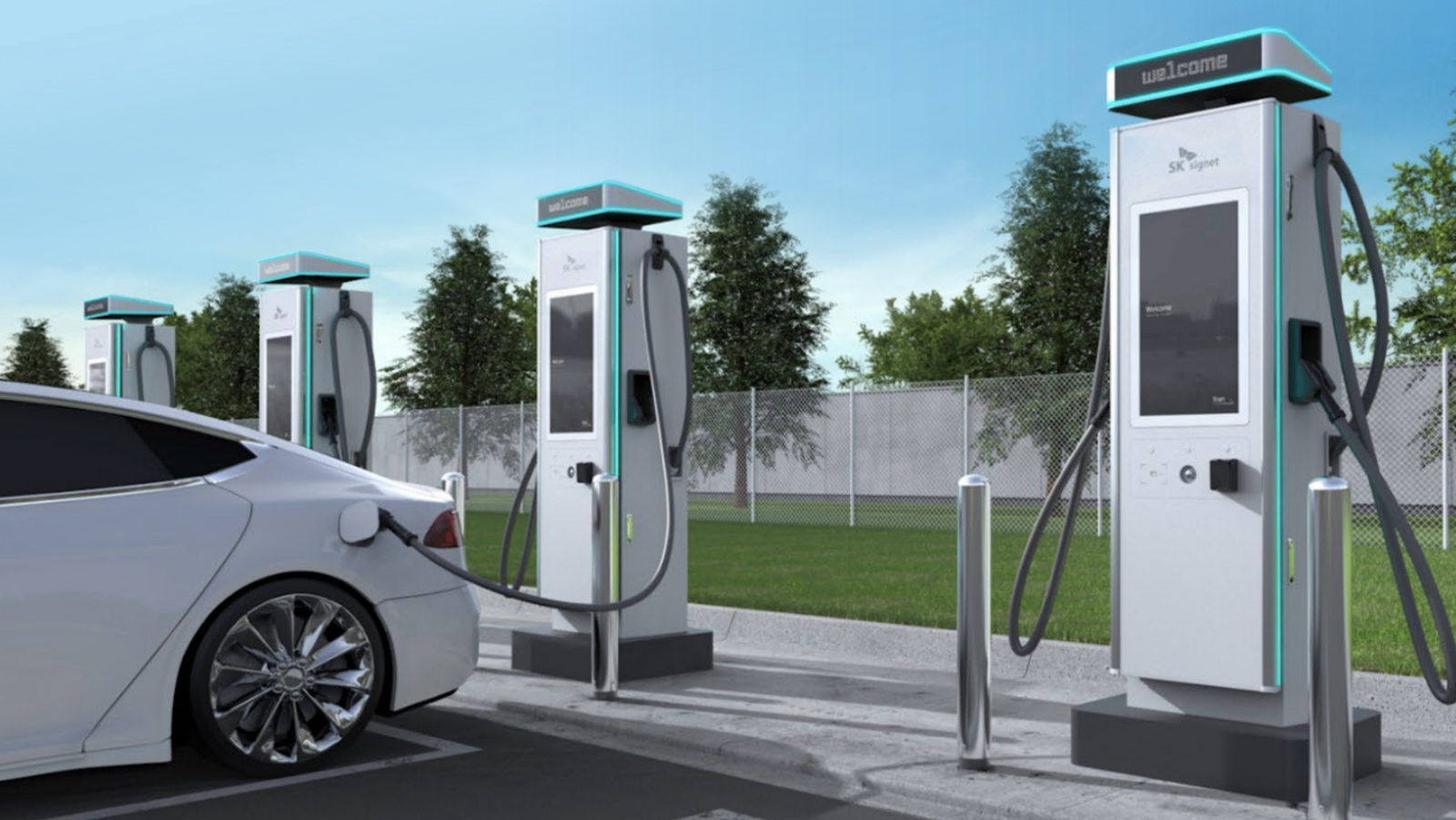Understanding EV Charging Basics
The ascent of electric vehicles marks a transformative shift in transportation, driven by an urgent need for eco-friendly alternatives. Central to this shift are comprehensive EV charging solutions that enable sustainable transport. These include different charging levels: Level 1, using a 120-volt standard electrical outlet, is ideal for daily commuters and those who can afford long charging times overnight at home. It’s simple, requiring minimal equipment and cost, and provides a modest but adequate supply of electric energy for short-range travel.
Level 2 charging takes it up a notch by utilizing 240-volt outlets, enabling faster and more efficient charging primarily in public charging stations. These are perfect for intermediate stops in daily routines, such as work commutes, grocery trips, or extended stays at commercial complexes. Installing Level 2 chargers at homes is also becoming popular among enthusiasts seeking quicker home charging solutions.
Meanwhile, DC fast chargers cater to those who frequently travel long distances. These state-of-the-art chargers deliver direct current electricity at rapid speed, quickly replenishing an EV’s battery. Such options are indispensable for highway stops or urban areas where quick turnover is essential, revolutionizing energy distribution for electric vehicles. Understanding these diverse options empowers consumers and businesses, guiding them in selecting the right infrastructure tailored to varied needs and fostering an environment where electric vehicles can seamlessly coalesce into daily life.
Current Innovations in Charging Technology
The EV charging landscape is evolving through cutting-edge applications that enhance and refine the user experience. Predominantly, ultra-fast charging technology emerges as a frontrunner, noted for its ability to significantly reduce charging times to minutes rather than hours. This revolutionary advancement aligns EV convenience more closely with traditional refueling times, a significant factor in consumer adoption. Implementing these fast chargers in strategic locations amplifies their utility, providing the impetus for longer commutes and travel without extended interruptions.
Wireless charging is another technological marvel breaking into prominence. Replacing cumbersome cables with magnetic fields introduces an effortless, almost magical means of charging as you park. While currently an embryonic technology, its potential is enormous, promising a future where charging becomes just as invisible and automatic as Wi-Fi connectivity. These technological strides showcase a commitment from the automotive industry to transition from traditional energy sources to a more agile, adaptable, and user-friendly standard that meets modern and future needs, thus encouraging broader acceptance and enthusiasm among potential EV owners.
Smart Charging and Sustainability
At the nexus of sustainable practice and technological innovation lies smart charging, an advanced system that optimizes energy consumption through informed and adaptive strategies. This approach harnesses the power of smart grids, promoting a more efficient lifestyle by capitalizing on low demand periods—thus reducing consumer costs and alleviating energy supply stress. Smart grids allow electric vehicles to act as both receivers and providers of electricity, facilitating a more balanced flow between supply and demand. EVs can store energy during peak renewable production times and return it to the grid during shortages.
Smart charging systems also foster the integration of renewable energy sources, effectively allowing electric vehicles to serve as a mobile energy reserve. Consider the research highlighted in this study for more insight into how smart grids and EVs work together in this sustainable ecosystem. This alignment optimizes energy use and plays an instrumental role in reducing the global carbon footprint, making it crucial for the future of transportation and environmental consciousness. Such innovations ensure that the evolution of transportation aligns with broader global sustainability goals, reflecting an industry shift towards cleaner, greener energy.
Collaboration Between Governments and the Private Sector
The journey towards a robust electric vehicle infrastructure relies heavily on the synergy between governmental bodies and private enterprises. Regulatory frameworks established by governments, including tax incentives and rebates, lower barriers to entry for consumers contemplating an electric transition, serving as foundational support for the burgeoning EV market. These measures stimulate adoption by flipping the economic equation favoring environmentally friendly choices.
Concurrently, private sector contributions focus on technological innovation and infrastructure investment. Expanding charging networks, smart energy management systems, and vehicle compatibility form a critical component of this collaboration, ensuring that the infrastructure can support a growing fleet of electric cars. The alignment between public policy and private enterprise feeds into a holistic strategy incorporating urban planning and community development, where green spaces and EV-friendly infrastructure complement sustainable urban growth. By working collaboratively, these stakeholders can build an adaptable and reliable network that accelerates EV adoption and establishes a sustainable transport model for future generations, ensuring our cities are ready for the next wave of automotive evolution.
Challenges and the Path Forward
While promising, the path toward a fully developed EV infrastructure is challenging. The high costs associated with station installations and upgrades and the technical demands of achieving a universally compatible charging protocol present significant obstacles. Overcoming these challenges requires innovative approaches to streamline infrastructure expansion, reduce financial burdens, and surmount technical barriers like grid capacity constraints.
Solutions involve both advancing technological standards and fostering continued public-private partnerships. Moreover, scaling renewable integration within the charging infrastructure remains critical to achieving the industry’s environmental goals, serving as a pivotal shift for eco-friendly energy alignment. By addressing these technical, economic, and logistical issues through concerted efforts and innovation, industry leaders can unlock the true potential of electric vehicles, making them not only a feasible choice for everyday consumers but also an attractive one, contributing to a sustainable future.
The Future of EV Charging
As we look to the future, the EV charging landscape promises further integration and innovation, steering toward an era of efficiency, security, and user-centric developments. The potential application of AI and machine learning heralds a new age in which predictive analytics govern energy management, optimizing grid use, managing demand and supply, and ensuring a personalized user experience.
Beyond convenience, these advancements include mobile charging units capable of reaching users wherever they may be, autonomous stations integrated into smart city plans, and blockchain implementations to secure energy transactions. These innovations aim to transform electric vehicle ownership from a future consideration into the leading paradigm for modern transportation. By setting out a roadmap for sustainable and technologically advanced transit solutions, the industry secures an impactful reduction in carbon emissions, fostering a cleaner, greener planet. The journey of electrification in transportation is beginning to overcome its initial hurdles and paving the way for its ascent as the preferred mode of energy-efficient engagement, supporting a healthier, more sustainable global community.





